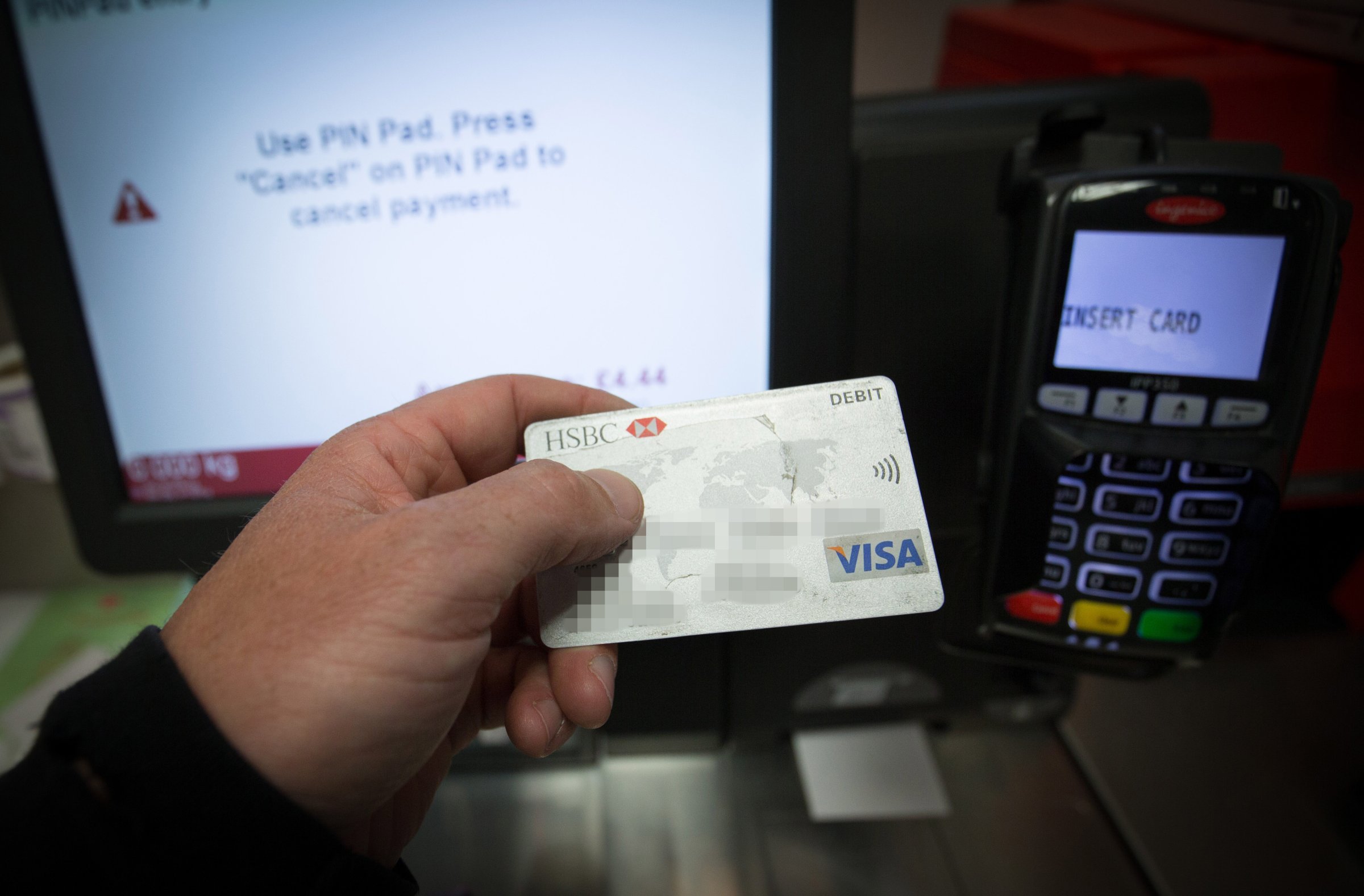
If you recently and unexpectedly got a new credit or debit card in the mail, you may be wondering why. Sadly, it has nothing to do with a more favorable interest rate or an exciting new reward program. Instead, it’s a security upgrade infusing our old-fangled cards with some modern technology at last.
Called “chip-and-PIN” cards thanks to the microchip found on them, these new credit and debit cards promise to make your retail transactions far more secure than the magnetic stripe-based cards you’re used to using. “Effectively what’s happening is that we’re going from a static environment to a dynamic environment,” says Carolyn Balfany, MasterCard’s senior vice president of product delivery for the company’s chip-and-PIN cards (also called EMV cards).
For Americans, the change to chip-and-PIN is long overdue. As of last year, 83% of western European consumers had chip cards, compared to just 7% of stateside shoppers. France, the first country to adopt the new cards, did so back in the 1980s. But this is the year that the U.S. starts going all-in. According to information provided by VISA, industry analysts estimate 70% of the country’s credit cards and 41% of its debit cards will be upgraded to chip technology by the end of this year.
At the beginning, the new chip-and-PIN cards will still carry magnetic stripes. That’s because not all retailers are prepared to accept chip cards, so the older tech will stick around a little while longer. But making purchases via a magnetic swipe means data like your credit card number, expiration date and more get carried across phone lines to your bank for processing. Chip card transactions are more secure because they work differently. When you make a purchase by inserting your chip card, the payment terminal checks that your card is genuine. Next, instead of sending your account information, the new types of payment terminals generate a one-time use code (also called a cryptogram) that’s transmitted to your bank to authorize your purchase. Cryptograms typically include the transaction amount, date, time, terminal ID, and other information. They also keep all that data encrypted, helping to keep it away from would-be fraudsters.
Some chip cards also come with tap-to-pay technology, which means you don’t have to insert or swipe them at all to make a purchase. These contactless cards, which feature small symbols that look like radio waves, work like Apple Pay or Android Pay, only instead of tapping your smartphone, you just wave your card. Beyond the tapping versus inserting, these contactless card payments work just like other chip-and-PIN transactions.
But seeing as how not every retailer is ready for the new chip cards yet, when the time comes to make a payment, should you swipe, dip, or tap? “The technology is going to guide the consumer,” says Balfany. That means you can still swipe your card like you do today, and if a payment terminal is capable of doing a chip transaction, you’ll get a prompt on the terminal to insert your card instead. You should take the nudge, because your payment will be much more secure.
“Virtually everything else about the transition will be like what we experience today,” says Balfany. So after the payment terminal has your card’s information, sometimes you’ll be asked if your card is credit or debit, sometimes you’ll be asked for a signature, sometimes it will require a PIN, and sometimes — if the sale is something minuscule like a pack of gum — you’ll be asked for nothing further.
Over time, you’ll see fewer and fewer magnetic stripe registers around. In fact, U.S. merchants are required to accept chip cards by October, or else they can be held responsible for paying for any fraudulent purchases made at their establishments, a liability previously held by card-issuing banks. Even still, retailers, especially smaller ones, may take a while to accept the cost of upgrading. But for shoppers, nothing changes — you’ll still have an avenue to dispute fraudulent charges. And with all this new tech, there should be less fraud going on, anyway.
Read more: 6 Best Ways to Consolidate Credit Card Debt
The Most Beautifully Designed Currencies from Around the World
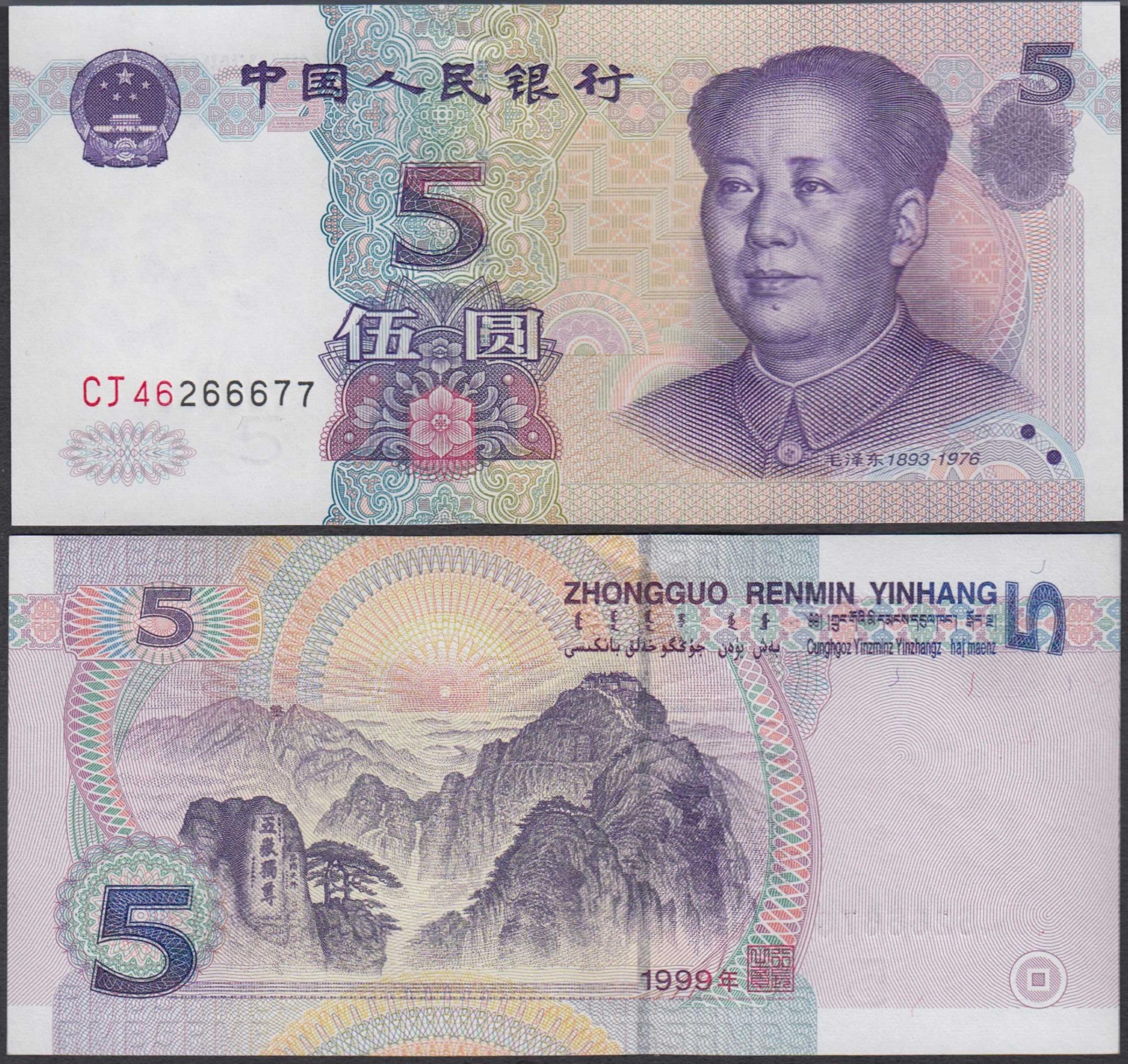
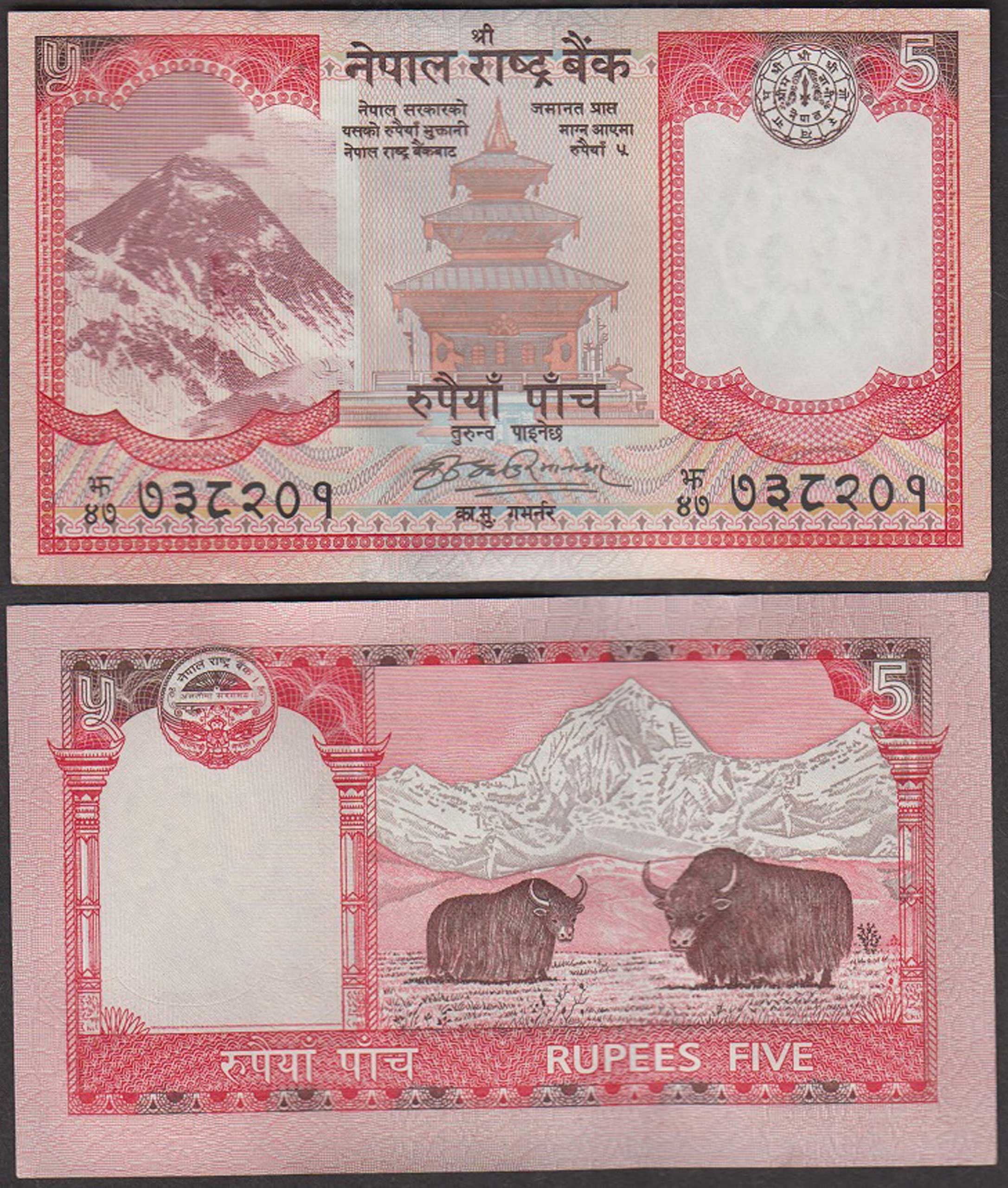
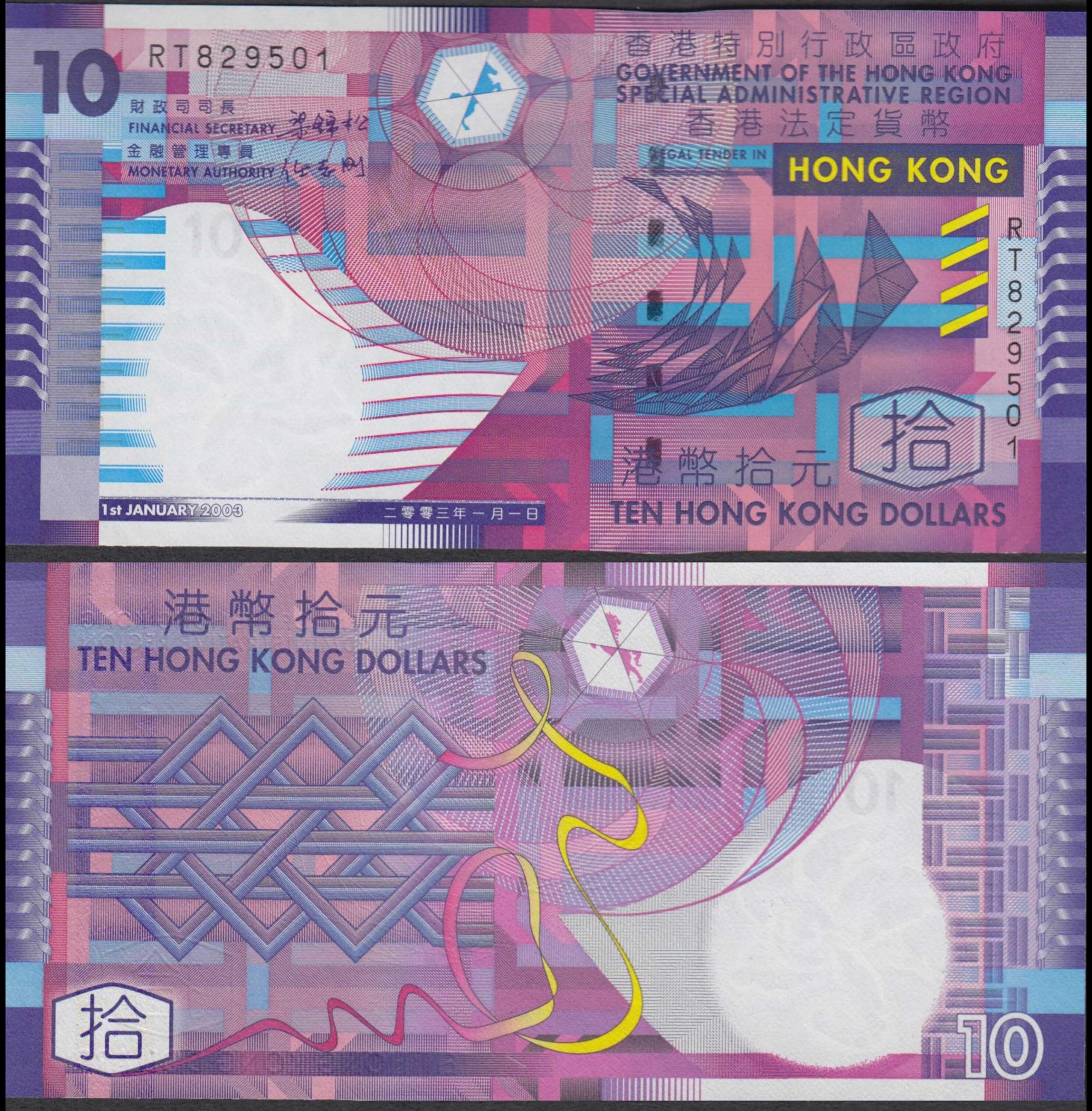



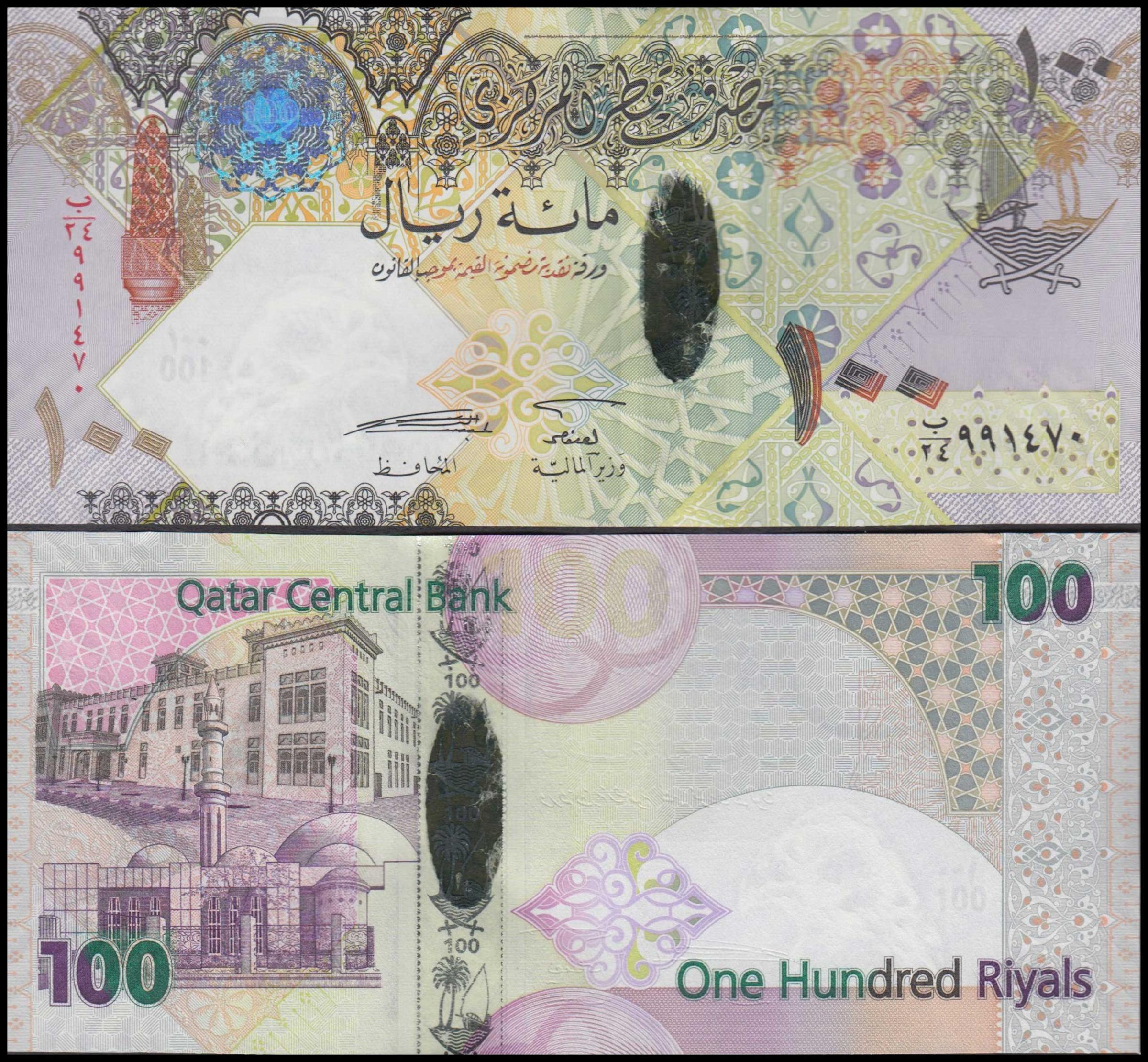
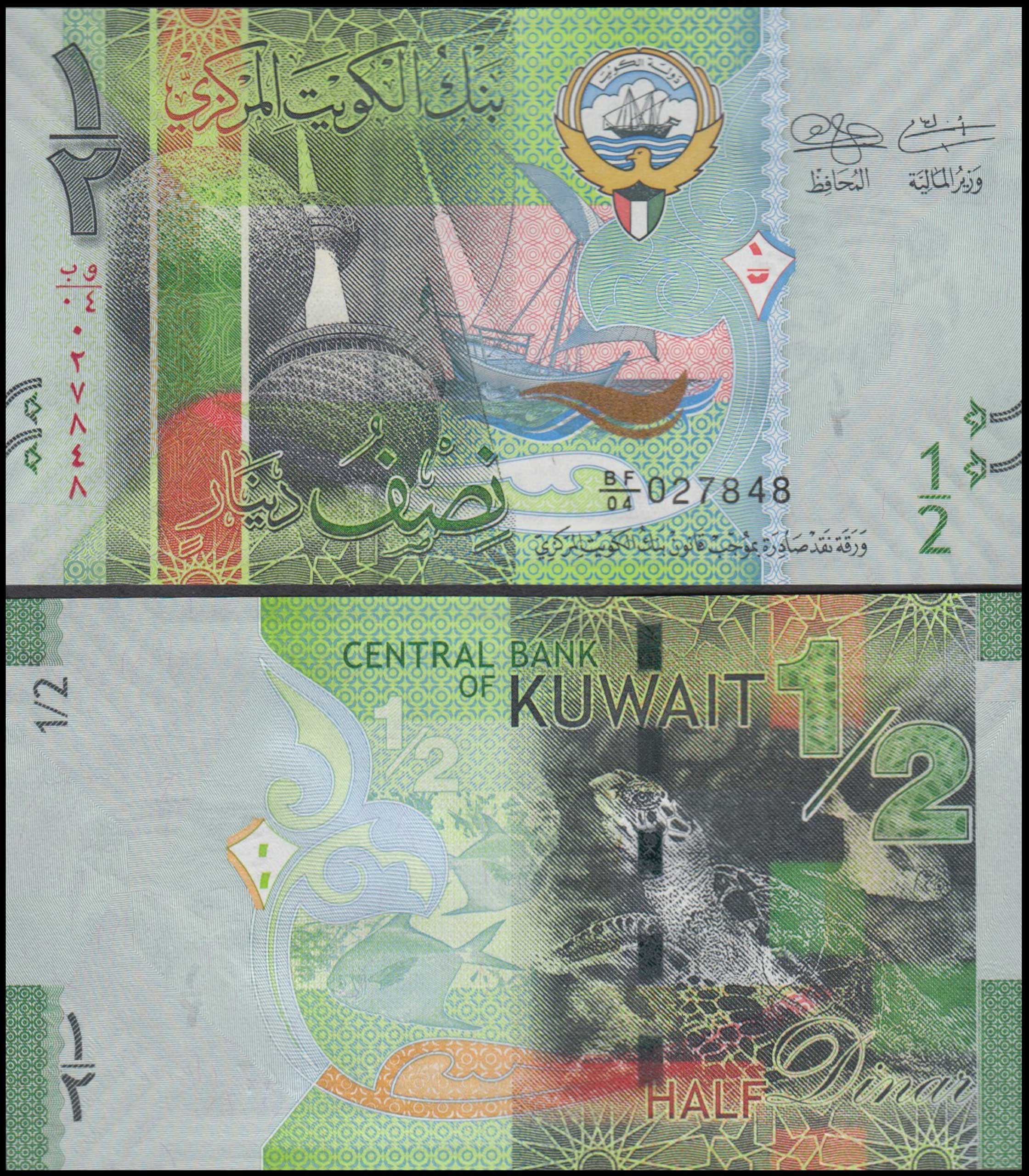
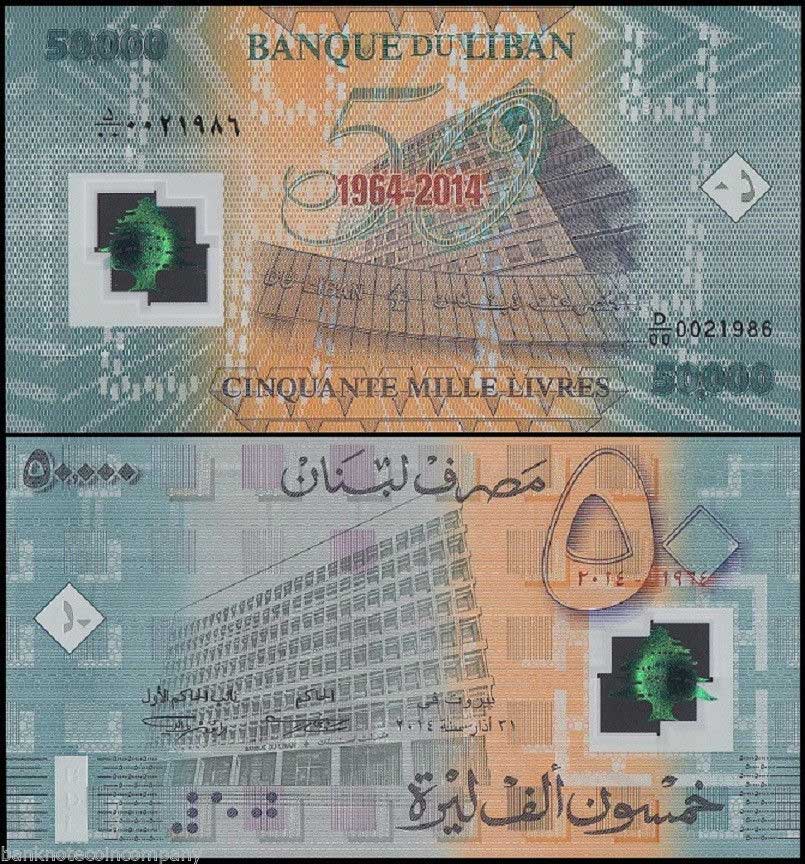
More Must-Reads from TIME
- Donald Trump Is TIME's 2024 Person of the Year
- Why We Chose Trump as Person of the Year
- Is Intermittent Fasting Good or Bad for You?
- The 100 Must-Read Books of 2024
- The 20 Best Christmas TV Episodes
- Column: If Optimism Feels Ridiculous Now, Try Hope
- The Future of Climate Action Is Trade Policy
- Merle Bombardieri Is Helping People Make the Baby Decision
Contact us at letters@time.com